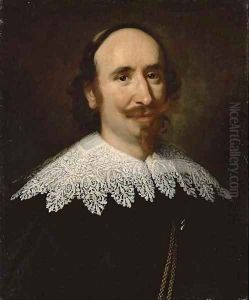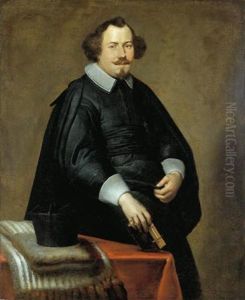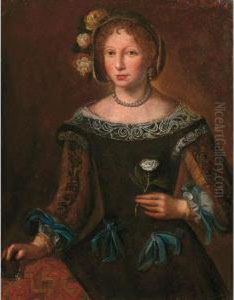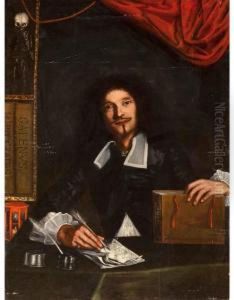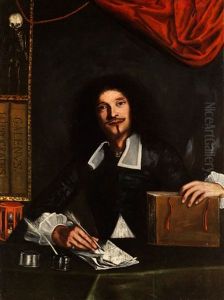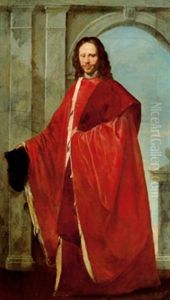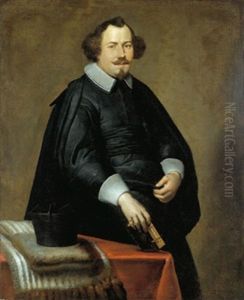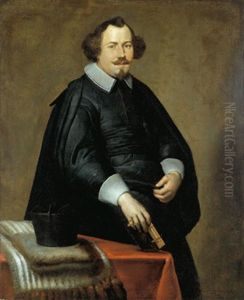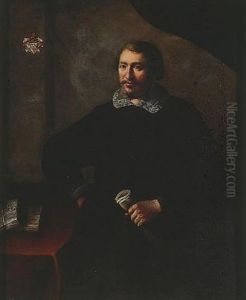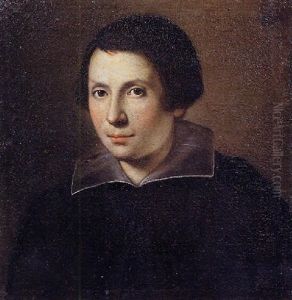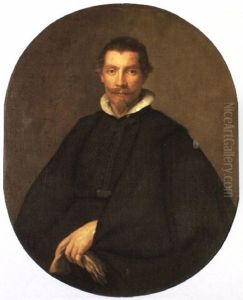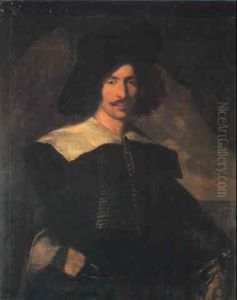Tiberio Tinelli Paintings
Tiberio Tinelli was an Italian painter born in 1586 in Venice, Italy. He was primarily known for his work in portraiture, but he also painted historical and religious subjects. Tinelli's artistic journey began under the tutelage of the painter Leandro Bassano, who was part of a well-known family of artists from Bassano del Grappa. Influenced by the dramatic chiaroscuro and naturalism of Caravaggio, Tinelli was part of the wave of Caravaggisti, though his work also showed the influence of the Venetian colorists.
During his career, Tinelli became highly regarded for his portrait work, capturing the likeness and character of Venice’s elite, including nobility, scholars, and politicians. He was particularly adept at conveying the textures of fabrics and the subtleties of expression, which made his portraits much sought after. His portraits are notable for their psychological depth and often convey a sense of the sitter’s status and personality.
Tinelli's work was appreciated not only in Venice but also beyond the borders of the Italian peninsula. He was invited to the court of Charles I in England, where he painted several portraits, thereby contributing to the exchange of artistic styles and techniques between Italy and England during the period. However, despite this recognition, his career faced financial difficulties, and his later years were marked by economic struggles.
Tinelli died in 1638, leaving behind a body of work that reflects the transition between the Renaissance and Baroque periods in Italian art. His portraits remain a valuable record of the cultural and social history of the time and are held in various collections and museums around the world. Despite not achieving the lasting fame of some of his contemporaries, Tinelli's contribution to the art of portraiture is recognized among scholars and continues to be studied for its stylistic qualities and historical significance.
